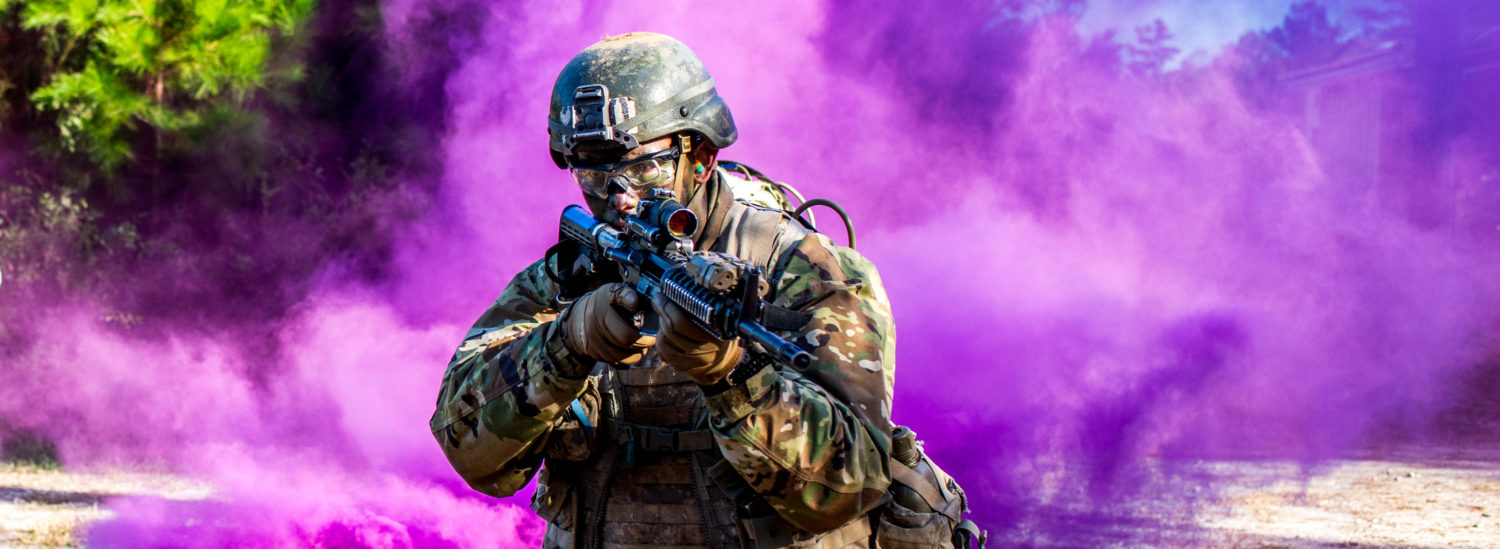With the introduction of the Army Combat Fitness Test (ACFT), tracking the performance of our soldiers has become even more important in tailoring our unit physical training plans. With proper analysis we will be able to identify weak spots in our PT plans and strengthen them. Although this was possible with the APFT, with only three events, it was harder to identify trends.





